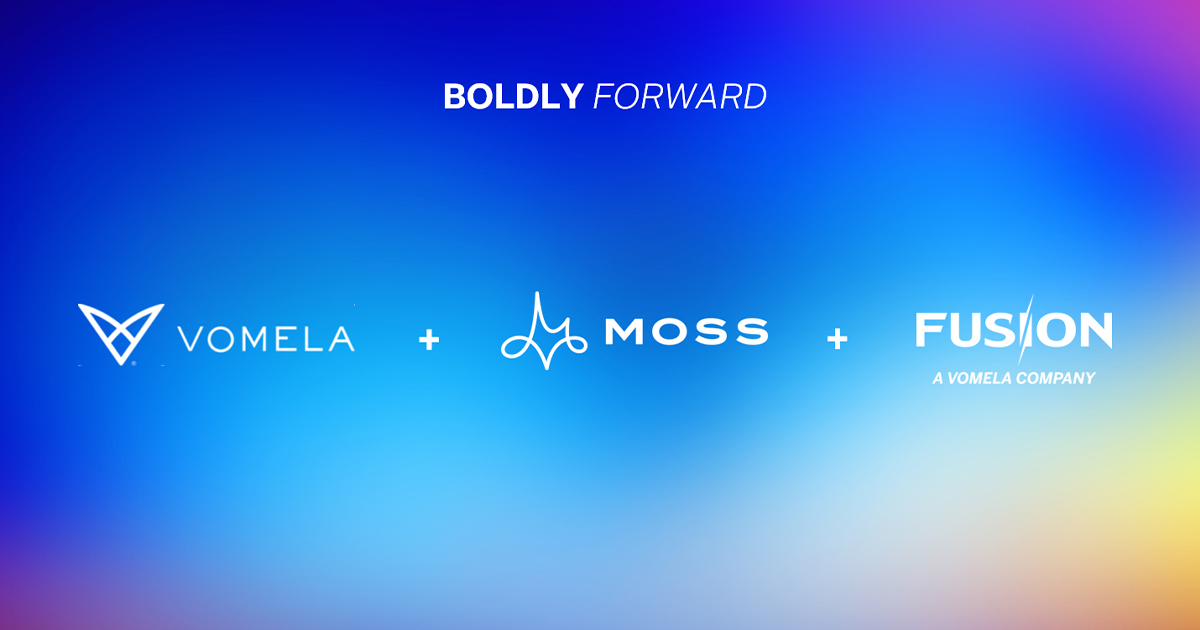
Tough Economic Times Require Smarter Marketing Decisions

While economists and business leaders are busy debating whether the economy will plunge into a full-fledged recession, marketing executives are left to decide how best to navigate increasingly challenging times. As inflation rages, buying slows and supply chains fray, it’s understandable that business leaders are tempted to pull back on spending—sometimes drastically.
Research shows that this impulse can be a mistake. Companies that invest smartly during downturns typically gain a competitive advantage over the long-term. In many cases, they can accelerate digital transformation and boost profits. Yet, it isn’t enough to simply toss money at new systems and technologies, it’s vital to examine costs, cut waste, and build a framework that delivers greater long-term value.
So, what’s the best way to deal with a chaotic and unpredictable economy? How can CMOs and other marketing executives transform the downturn into an upturn—at least for their businesses? It’s critical to focus on using existing resources more wisely and in more targeted and contextual ways. Organizations that blend digital and physical marketing are far better equipped to deliver the right message and content at the right time. They are poised to stand out in an increasingly crowded and noisy marketplace.
Making Every Transaction Count
During an economic slump, it isn’t unusual for businesses to trim or completely eliminate programs that suddenly seem expensive and somewhat extravagant. If a CMO views specific marketing tools primarily through the lens of cost rather than the value they deliver, then direct mail, product samples, and gifts are likely to be among the first things to get the axe. The cost per transaction can exceed digital several fold.
Unfortunately, this myopic view can accelerate problems and undermine results. The central issue facing marketers isn’t how much a tool costs—it’s what value it delivers. This requires a step back so that it’s possible to view—and measure—marketing in a broader context. In practical terms, it’s all about understanding how to use both digital and physical marketing methods in a complementary way—the hybrid experience for our new hybrid world. This marketing fabric adapts to the specific customer and situation and, in the end, slides the ROI dial upward.
Unless an organization identifies the right metrics, digital marketing methods may appear to perform better than they actually do. Although they clearly generate lower costs, this doesn’t mean they produce the best outcome.
Moving to this hybrid approach can be a bit counterintuitive, however. Digital marketing is attractive for a few simple reasons: it’s cheap; it can be easily measured; it’s possible to easily segment recipients; and it has a global reach. Metrics and KPIs such as “opens,” “clicks” and “replies” are easy to gauge. The problem is that success can become obscured in the details. For instance, unless an organization identifies the right metrics, digital marketing methods may appear to perform better than they actually do. Although they clearly generate lower costs, this doesn’t mean they produce the best outcome—and maximum financial results. The fact is, businesses today don’t have a reach problem, they have an engagement problem.
Consider this theoretical example: Janet Smith visits a few websites because she’s looking at replacing the window coverings in her house. Along the way, she clicks on a banner ad for ABC Blinds, which collects her email address. A few days later, Ms. Smith receives an email from the company offering a $200 discount. She opens the message and clicks through it but then doesn’t take any further action. A few days later, she receives another message. Same result.
At this point, ABC Blinds is hitting its marketing metrics. She has opened the email and clicked through it. If this is the primary method for measuring success, ABC blinds is clearly succeeding. Nevertheless, it hasn’t converted Ms. Smith into a customer. So, at this point, instead of blitzing her with more emails—and risking raising her ire to the point where she tunes out—ABC sends her product samples through the mail based on the data the firm has collected. It includes a pen with the company’s name on it. A few days later, she dials the company’s tollfree number and begins shopping in earnest.
The samples proved to be the factor that motivated her to act. She loved what she saw. While more emails would have cost the company much less—arguably only a few cents total—they probably wouldn’t have led to a sale. However, the few dollars that ABC Blinds spent on samples resulted in a $2,000 plus transaction. Reach plus engagement created success.
A Dollars-and-Sense Approach to Marketing
It’s best to think of digital and direct mail marketing as complementary tools. If an organization has the right analytics framework in place, it’s possible to detect signals and deliver the right message and content at the right moment. Postcards, brochures, catalogs, and product samples can excite and delight consumers. In many cases, they can grab attention by appealing to a person’s senses—and the fact that the interaction seems special. But they also make a product more tangible.
Research bears this out. A survey conducted by the United State Postal Service (USPS) found that 54 percent of people surveyed tried a new product or business in a six-month period in 2020 because they received a mail piece. Other studies show that the response rate for direct mail hovers around 65 percent, compared with about 35 percent for email and other digital messaging. What’s more, as content is personalized and made more attractive, response rates can jump by 500 percent or more.
This isn’t to say that direct mail, samples, and gifts are better or that a business should rely on one or the other. In reality, each has advantages and disadvantages, depending on the recipient, situation, and moment. The fundamental questions is: how can I grab a person’s attention and demonstrate the value of our products? One of the reasons direct mail works so well—and is part of a hybrid approach—is that when it arrives in a mailbox it typically has a person’s undivided attention. By comparison, online distractions abound. Social media sites, YouTube videos, websites, smartphone apps, and myriad others compete for eyeballs, clicks, and dollars.
Adopt a Broader View
Where does this leave the typical CMO and marketing department? Instead of getting caught up in the moment—in this case, the psychology and fear of an economic downturn—it’s wise to adopt a broader and more expansive view of marketing and customer relationships. When organizations approach the task from a more holistic perspective—one that balances tried and tested direct marketing with digital tools—there’s a much higher probability that they will transform the promise of today’s marketing environment into a success story.
Behaving in economical and opportunistic ways isn’t mutually exclusive; they actually are two pieces of the same puzzle. When CMOs approach marketing from a hybrid perspective and use the right analytics tools to understand customers and conditions, their organization is positioned to make smarter investments and maximize ROI. So, despite possible economic issues, staying the hybrid-experience course can, at last, help the promise of digital marketing begins to take shape.



